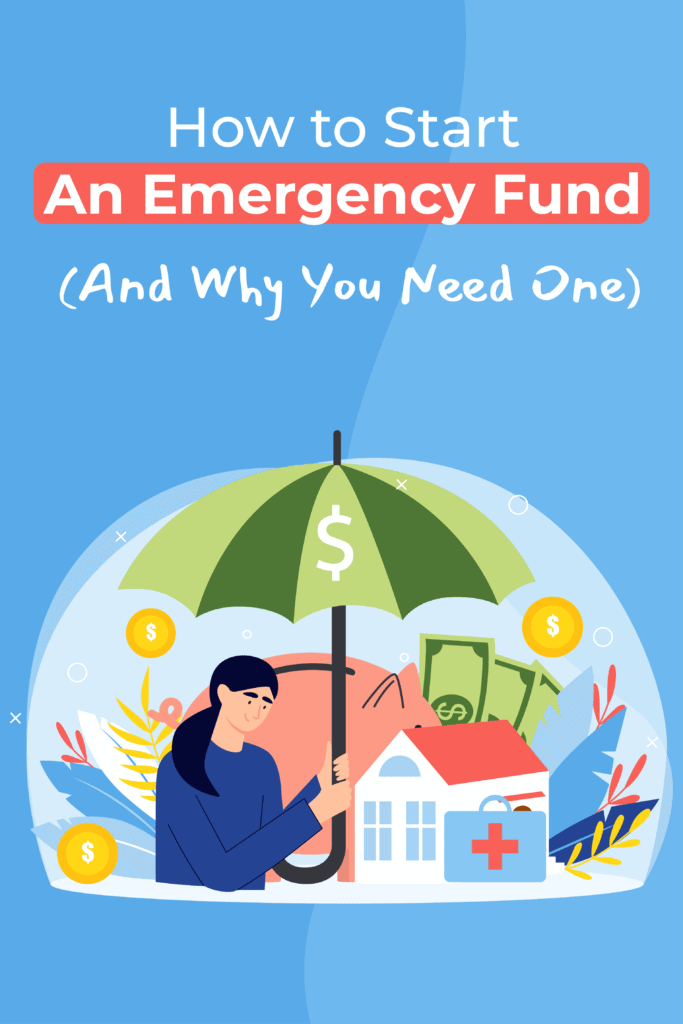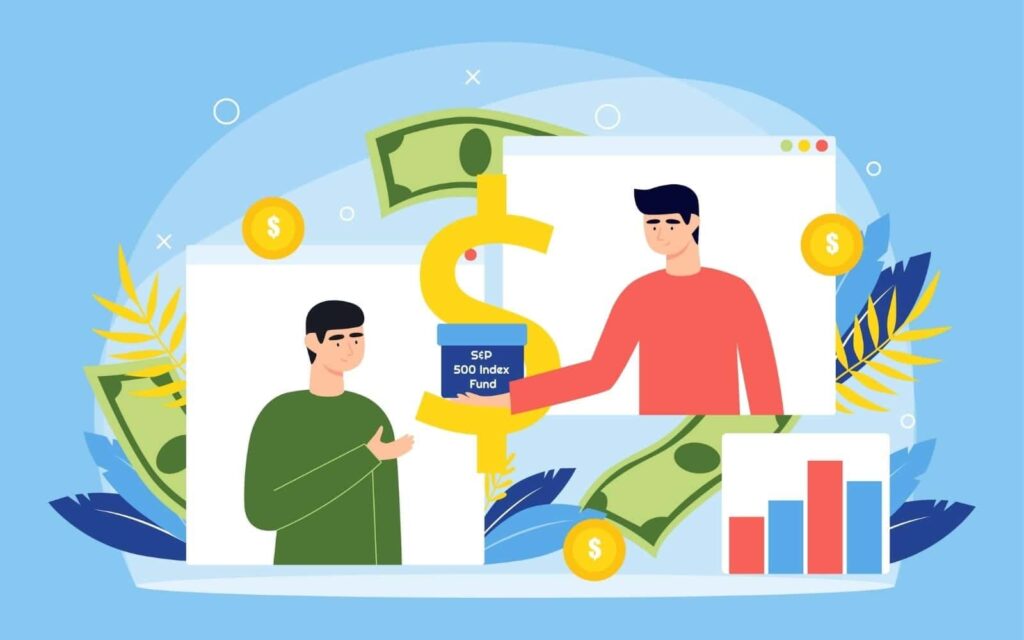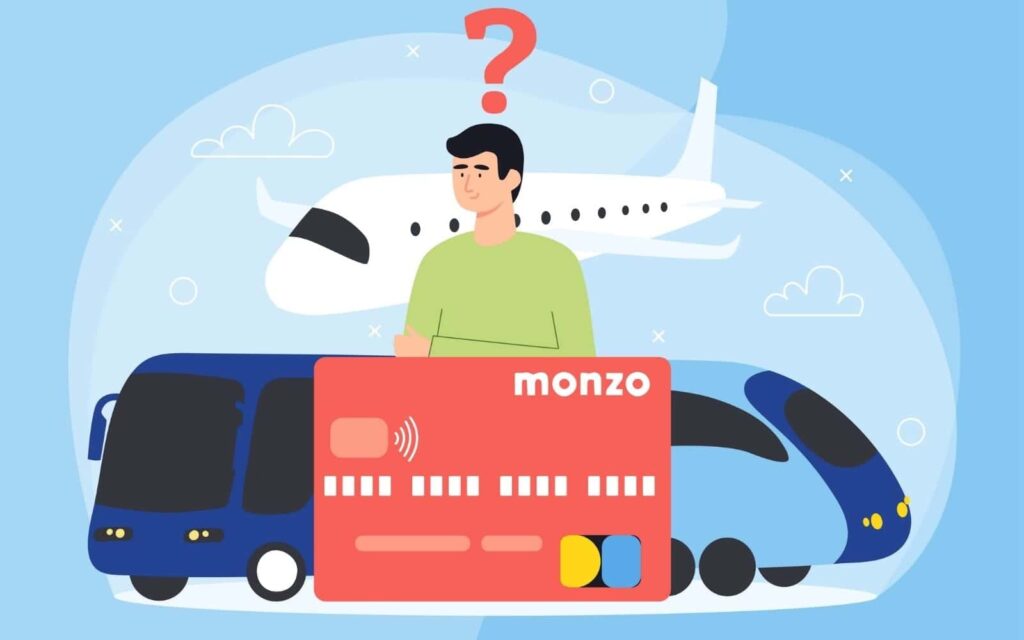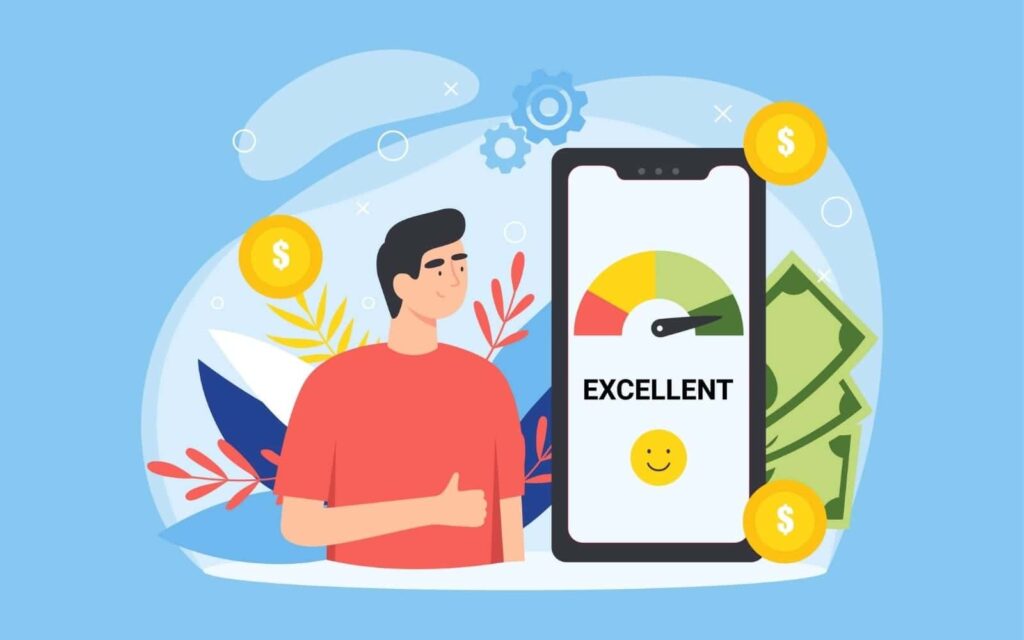Disclosure: This post may contain affiliate links. If you click on a link I may make a small commission at no extra cost to you. You can read the full disclosure here.
Last Updated on October 23, 2022 by Chris Panteli
Starting An Emergency Fund
You might be thinking, why should you start an emergency fund?
Did you know that 4 in 10 adults in America couldn’t cover a $400 emergency?
Well, emergencies by their very nature are unplanned and unpredictable. But some things are certain; bills need to be paid and mouths need to be fed.
Having access to cash in difficult times is the exact reason why you need to have an emergency fund. It can be the difference between coming through a tough situation unscathed and everything falling apart.
This article will explore the intricacies of emergency funds. From how to start one to how much you need to have saved. By the end, you will be able to better prepare for the worst-case scenario. Rest easy in the knowledge that you and your family will have a secret weapon against fate herself.
Get $5 For FREE Right Now
Signup to the greatest rewards platform on the internet and earn a $5 welcome bonus…
Earn more with cashback on all your purchases, watching videos, playing games, and taking surveys. Some users can make an extra $200+ per month!!

What Is An Emergency Fund?
Life has a habit of throwing curveballs at us. Just when everything seems to be going well, the unthinkable strikes without warning.
An emergency fund is a metaphorical ‘pot of money’ (or physical, for money under the mattress types) set aside for unplanned situations that lead to financial hardship. It could be kept in an easy-access account, or in a safe location.
The fund is totally segregated and earmarked for the sole purpose of funding the impact of an emergency. This could be a job loss, medical emergency, or incapacitation of any reason. In fact, the emergency itself is not what matters.
As savvy financial warriors, we should all have a key grasp of our monthly incomings and outgoings. Budgeting is quite a simple practice that many people implement often without even realising. But the reason for this simplicity is because the majority of the components are known variables.
The problems arise when an unknown variable enters the equation. The emergency fund is a lifejacket for when such a time occurs.
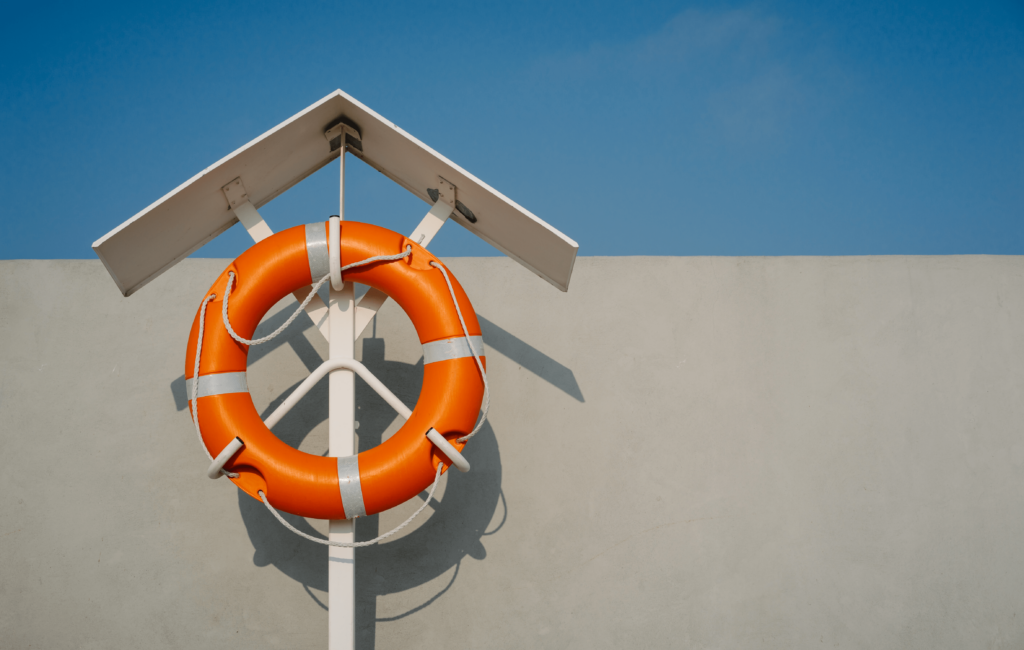
Why Do You Need An Emergency Fund?
An emergency could be anything from an unforeseen medical expense to the roof collapsing. The emergency fund is there to bridge the financial gap that the emergency creates.
In the wake of the Covid-19 pandemic, never has the need for an emergency fund been so apparent. A situation that can cause widespread job losses, disastrous health complications and world-wide financial turmoil is the exact reason why you need one.
As humans beings, we often display characteristics of extreme optimism.
Ah, that will never happen to me…
The problem is, sometimes it does. The worst can and has happened. And to minimize the effects of these catastrophic events, it’s best to be prepared.
Getting Started
Starting your emergency fund is a pretty straightforward task.
You simply need to have access to your monthly outgoing totals. You’ll also need to determine how much you require to keep in the fund. This will likely depend on your risk appetite and personality.
Once you have calculated your required emergency fund size, you’ll then need to decide where you’re going to keep it.
If you don’t have the means to save for an emergency fund right away, don’t panic. I’ll discuss some ways you can begin to implement immediately. Your brand new emergency fund could be just around the corner!
4 Quick Steps to Start Emergency Fund
- Calculate your total monthly outgoings.
- Determine the size of your fund.
- Choose where to keep your fund.
- Implement strategies to start/grow your fund.
How Much Do You Need?
How much do you need in an emergency savings fund? This question gets banded around the internet quite a lot. And the general consensus is that a multiple of total monthly bills is advisable:
Martin Lewis says – 6 months worth of expenses (3 months would be…ok).
Dave Ramsey says – 3 months worth of bills for a multi-income household – otherwise 6 months.
Suze Orman says – 8 months worth of expenses.
I think the point here is that the size of your emergency fund needs to take into account 2 main factors:
Every person is different. Your individual circumstances will be completely different from mine. And this is why the first factor in deciding the size of your emergency fund will depend on how much you can afford.
How much can you afford to save?
Firstly, some people can simply not afford the luxury of an emergency fund. This is a fact that often gets overlooked by the ‘financial gurus’.
It would be fantastic to have an emergency fund that could cover 12 months or 24 months worth of expenses. But ultimately this is an unrealistic expectation for many people.
So when deciding the size of your emergency fund, don’t be pressured to save more than you can afford. And if you have debt, it’s more prudent to get this paid before any saving should begin.
There is a recurring theme amongst money advisors that debt should be paid off as a priority. Only once any debt is cleared should one consider saving towards an emergency fund.
This is true in almost all circumstances, apart from 2 simple exemptions:
Aside from these 2 circumstances, it is always better to clear any outstanding debts as a priority over saving.
But what if you live month to month using debt?
I know so many people that utilise credit cards to cover the shortfall of their income. This means they are essentially using debt to cover the last few days before their next payday.
This means they are in a perpetual cycle of financial stagnation.
But that doesn’t mean they can’t save for an emergency fund! It just means they can save much less (pocket change if need be) until they can afford to save more.
For lower-income individuals, my advice is to save every cent you have whilst actively trying to break free from the debt cycle.
You can also read How to Save Money Fast | 17 Ways to Start Today to find some extra cash in places you might not have thought of.
How risk-averse are you?
Secondly, the amount of risk you can tolerate will influence the size of your fund.
Ultimately, an emergency fund is a safety net for unforeseen events that will have a financial impact. The fund is there to weather the storm if such events were to arise.
It is the reason why emergency fund size metrics are often calculated using a multiple of monthly expenses. If you were to have 6 months of expenses saved, then you will have eliminated the risk of financial hardship, for a period of 6 months, from the start of any emergency.
Obviously the 6-month figure is arbitrary unless you were able to know the nature of an emergency beforehand.
One could break a leg and be out of work for a matter of weeks.
Or perhaps one could get fired, and be searching for a new job over a period of months, or even years.
The more money you have saved, the less risk you are exposed to. But again, this needs to correlate with your actual ability to save based on your circumstances.
Rather than perceiving an emergency fund as the ‘holy grail’ for financial hardships. Just think of it as a safety blanket. It’s there to help and support you.
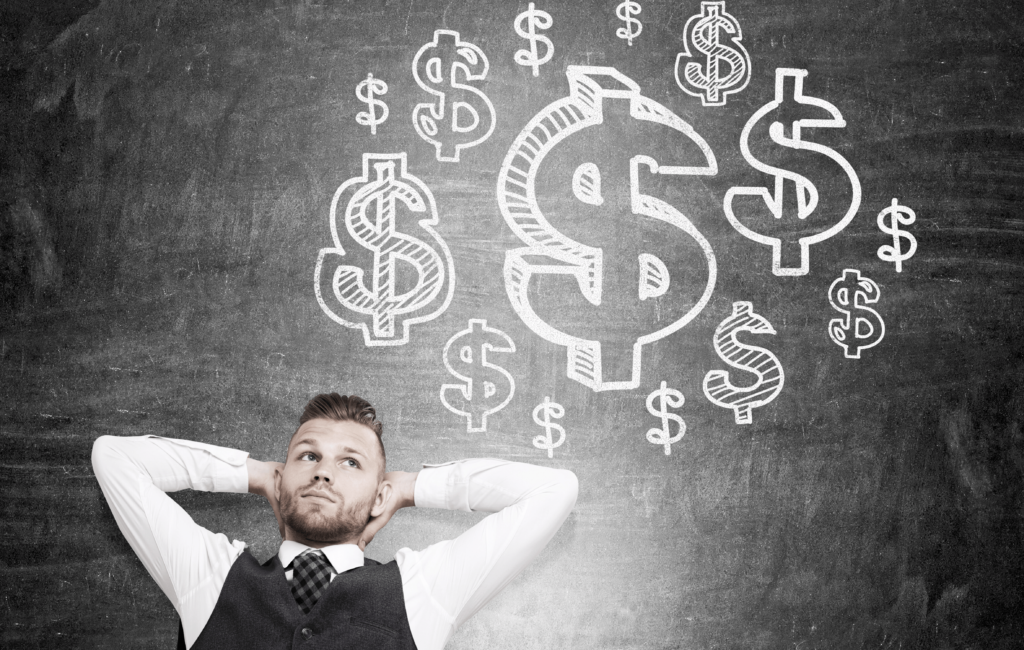
Where Should You Keep An Emergency Fund?
If you are starting an emergency fund from scratch then you might be wondering where to keep it?
Your emergency fund should ideally be a ‘liquid’ as possible.
This ultimately means you want to have instant access to your cash. After all, an emergency will often occur without warning. You don’t want your fund to be tied up in a 5 year Government Bond or that dodgy overseas Swiss Bank Account!
The First $1000
This is definitely true for the first $1000 of your emergency fund.
Having easy access to this portion of cash is logical. Therefore, it’s best to consider a high-yield savings account. This way you will be earning a small amount of interest at least, and have quick access to the money.
Some great options for your first $1000:
Citi Bank – They offer 1.20% APY, $0 minimum opening deposit
Barclays – They offer 1.00% APY, $0 minimum opening deposit
FNBO Direct – They offer 0.9% APY, $1 minimum opening deposit
CIT Bank – They offer 0.75% APY, $100 minimum opening deposit (Nerdwallet 2017 Best)
$1000 and Beyond
Now the first $1000 of your emergency fund is safely tucked away in a high yield savings account, you need to consider what to do next.
If you are slightly more risk-averse, you could consider storing a portion of your fund in something that offers more in way of returns.
Although there is an element of risk to any form of investment, you could see substantially more growth compared to a high-yield savings account.
Now then, is this the place you should put an emergency fund you ask?
Well, that all depends on your circumstances.
Remember, the record-low interest rates you’ll earn from your high-yield account means your fund is actually weakening against inflation.
You already have your $1000 safely saved. Why not take a small amount of risk with the remainder of your fund? And after all, the optimist will assume the next emergency may be a long way away. Or at best, never happen at all.
Consequently, it would be a shame to miss out on your money ‘working for you’ and growing with interest.
Ultimately, with any investment, the risk is reduced over time. And if you invest in low-risk auto investment platforms, you further reduce your exposure.
Arielle O’Shea from NerdWallet says ‘no return should come at the expense of your peace of mind.’
This is why the decision will be personal to you. But having a dedicated $1000 in a safe high-yield account means there is some room for compromise.
Here are some Robo Investment Advisors to consider:
Wealth Simple – $0 Minimum Investment, 6.49% average return 2013-present (80% Stock, 20% Bond Portfolio).
Acorns – $0 Minimum Investment, 7.07% average return 2013-present (80% Stock, 20% Bond Portfolio).
Also, Acorns has a great ‘spare change’ feature. This lets you link your bank account, and ’round-up’ purchase amounts to the nearest dollar to be automatically invested. You could consider opening this up straight away whilst saving towards your first $1000.
How To Start An Emergency Fund With No Money?
Save Money
Creating an emergency fund with no money to start with is a tricky task, but not impossible.
First, you should look at ways to save money. Having a budget is a great start to improving your finances, which could lead to having extra cash at the end of each month.
You can get my free budget tracker and start saving like a ninja.
Also, think about cutting down on expenses and utilising cashback.
You can read How To Save Money Fast | 17 Ways To Start Today for more ideas.
Make Money
Next, try making some extra income. This will mean an influx of cash that can go towards your emergency fund.
I’ve had some great success with blogging, user-testing sites and online surveys.
You can read 11 Ways You Can Definitely Make Money Online (Extra Income) or 29 Awesome Side Hustle Ideas To Make Extra Money.
Once the extra income starts rolling in, you should consider making your saving automatic. This way, you can begin to build your emergency fund without even thinking about it.
Elizabeth Aldrich built a $20,000 emergency fund, and automatic saving was a big part of how she did it.
I love her tip she gives in the Business Insider article:
“I set up my checking account to transfer $125 into my savings account every Thursday, right before the weekend, which is usually when I spend the most money,”
This is a great way to stay on top of your savings regime and avoid unnecessary spending.
It will take time to grow your fund if you are starting out with no money.
But using the powerful combination of saving cash from your current expenditure and making extra cash, you’ll get there quicker than you thought.
Emergency Cash
I am not advocating you should keep your emergency fund in the form of cash under a mattress. But I do think it is important to keep a small amount of cash on hand at all times.
You could portion out a small amount of your fund to have in cash reserves.
This will need to be easy access and most importantly, secure.
Why Cash?
For the next zombie apocalypse of course!
Cash still plays a vital role in our economy. And although technology is pretty robust these days, its always good to have cash as an option.
If, for example, there is a problem with your bank card then you will want to have another option. This is mainly for peace of mind but has also got me out of a few tricky situations in the past.
When keeping cash on hand make sure you have a secure safe and that not too much is stored at any given time.
Conclusion
Having an emergency fund is a great financial decision. If you haven’t started one yet, then consider how much you think you need, and crack on.
Not having the money to start one now doesn’t mean the game is over. Try and save money on your regular expenses. Earning some extra cash is another great way to speed up the process.
If you’re looking to get to your first $1000 why not try this amazing money-saving challenge. You could have your emergency fund in place within a year!
FAQ
How much money should you have in an emergency fund?
The amount required will depend on your ability to set money aside, and your personal level of risk aversion. A good basis on which to start is 6 months worth of expenses.
When should you start an emergency fund?
As soon as you are debt-free and have the financial ability to set money aside.
How can I save a $1000 emergency fund?
If you can afford to, set up automatic payments to a dedicated high-yield savings account. If you can’t afford to start one just yet, consider reducing your usual expenditure and increasing your earnings. You can also start the money-saving challenge.
Is Emergency Fund the same as savings?
An emergency fund is money saved for one specific reason. Unlike savings, the money should not be diverted or depleted for any reason other than to restore financial stability during an unforeseen emergency situation.
How to Start An Emergency Fund
